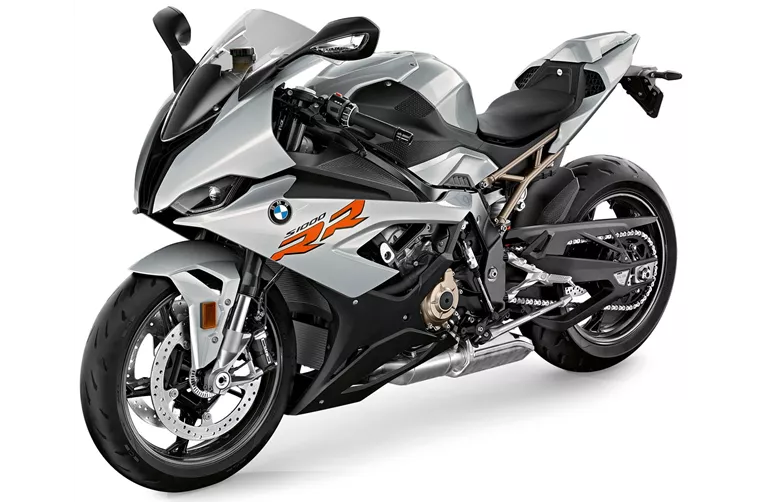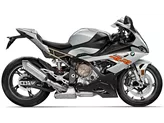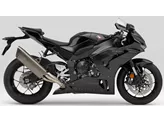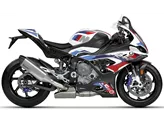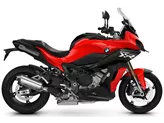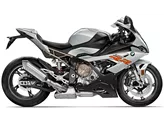Ducati 1299 Panigale S 2015 vs. BMW S 1000 RR 2020

Ducati 1299 Panigale S 2015
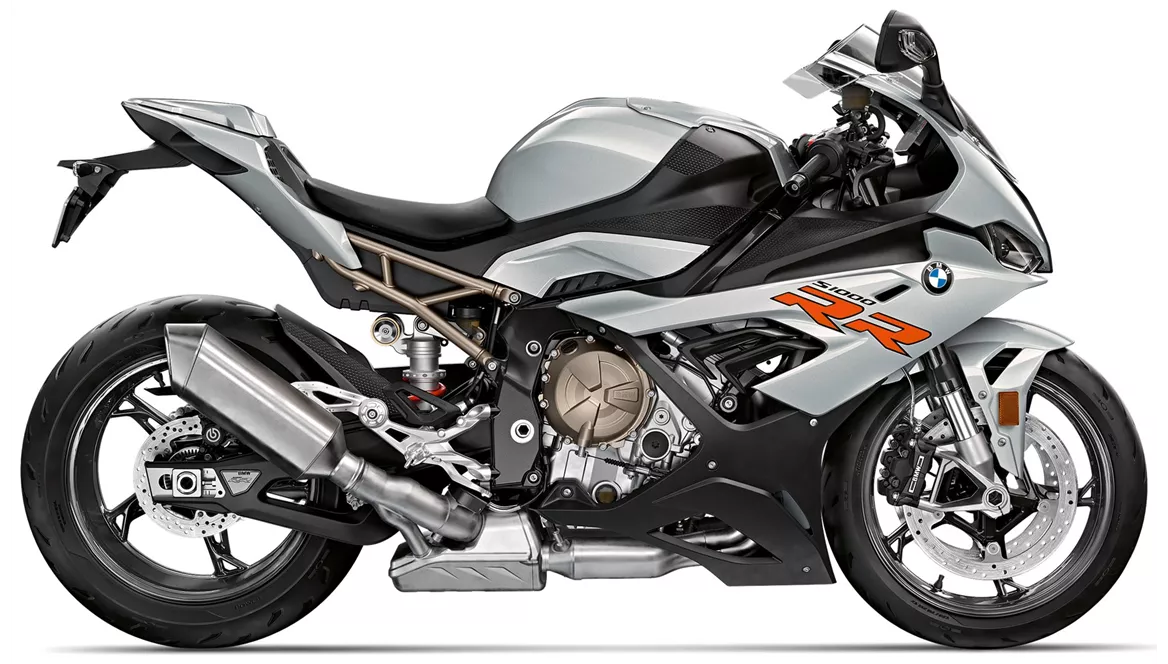
BMW S 1000 RR 2020
Overview - Ducati 1299 Panigale S 2015 vs BMW S 1000 RR 2020
The Ducati 1299 Panigale S 2015 and the BMW S 1000 RR 2020 are both high-performance supersport motorcycles that offer impressive specifications and features.
In terms of engine and drive train, the Ducati 1299 Panigale S 2015 has a larger displacement of 1285cc compared to the BMW S 1000 RR 2020's 999cc. The Ducati also has a higher engine power of 205 HP compared to the BMW's 207 HP. However, the BMW has a higher torque of 113 Nm compared to the Ducati's 144.6 Nm. Both bikes have a compression ratio that favors high performance, with the Ducati at 12.6 and the BMW at 13.3.
Both motorcycles feature upside-down telescopic forks for the front suspension, allowing for better handling and stability. The Ducati offers compression and preload adjustment for the front suspension, while the BMW adds rebound adjustment as well. For the rear suspension, the Ducati has a single swing arm design with compression and preload adjustment, while the BMW features a swing arm suspension with compression, preload, and rebound adjustment.

Ducati 1299 Panigale S 2015
In terms of chassis, both bikes utilize aluminum frames, providing lightweight and rigid structures. The Ducati uses a monocoque frame type, while the BMW features a twin tube, load-bearing engine frame type.
For braking, both motorcycles have double disk brakes at the front, with radial technology for enhanced performance. The Ducati also features monoblock technology for added braking power.
In terms of dimensions and weights, the BMW has a slightly longer wheelbase of 1441mm compared to the Ducati's 1437mm. The seat height of the BMW is also slightly lower at 824mm compared to the Ducati's 830mm. The BMW has a higher kerb weight of 197kg with ABS, while the Ducati weighs 190.5kg with ABS. Both bikes have similar front and rear tire dimensions, with the BMW having a slightly narrower rear tire width of 190mm compared to the Ducati's 200mm.

BMW S 1000 RR 2020
In terms of strengths, the Ducati 1299 Panigale S 2015 is praised for its superb engine performance, attractive design, excellent electronics package, and the potential for fast lap times for experienced riders. On the other hand, the BMW S 1000 RR 2020 is commended for its linear power delivery, wide rev range, controllability, and the inclusion of ShiftCam technology for increased low-end torque. The BMW also offers excellent Dynamic Damping Control (DDC) for precise handling and top performance.
As for weaknesses, the Ducati 1299 Panigale S 2015 is noted to be strenuous to ride and its handling behavior may be challenging for less experienced riders. The BMW S 1000 RR 2020 is criticized for lacking a distinct character compared to other bikes in its class and falling slightly behind on the spec sheet when compared directly to competitors like Aprilia and Honda.
Overall, both the Ducati 1299 Panigale S 2015 and the BMW S 1000 RR 2020 are impressive motorcycles with their own strengths and weaknesses. The choice between the two would ultimately depend on the rider's preferences and priorities, whether it be raw power and performance or a more balanced and controllable ride.
Technical Specifications Ducati 1299 Panigale S 2015 compared to BMW S 1000 RR 2020
Pros and Cons in comparison
Pros and Cons in comparison
Ducati 1299 Panigale S 2015

The Panigale 1299 S is a clear step forward from the old Panigale. Ducati fans who were not entirely satisfied with the previous model may now find their great love in the new machine. The many changes to the bike have made it stronger, faster and also a little more manoeuvrable. Fast and experienced riders who love 2-cylinders have no other choice anyway and will be happy. Traction control, engine electronics to control the engine brake and of course the electronic suspension from Öhlins are really good stuff. But even the new Panigale is not a motorbike with which not so nimble riders will find good times virtually on their own, like in the saddle of a BMW, for example. The Ducati has its own character, which not everyone likes, but which enchants Ducatisti to some extent.
BMW S 1000 RR 2020
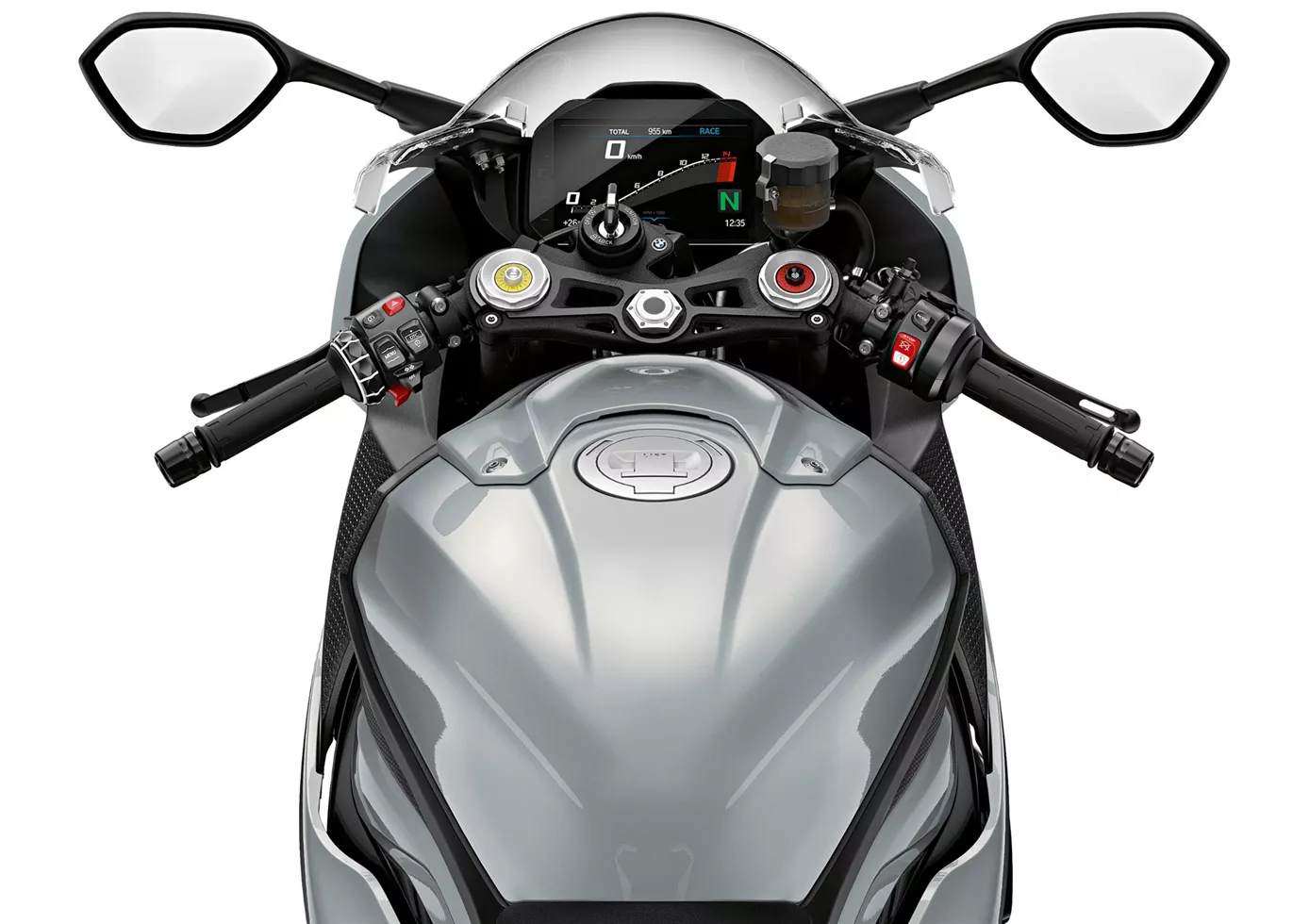
A real "all-rounder" superbike. The BMW knows how to play to its strengths both on the race track and on the country road. Thanks to variable camshaft control, the powerful engine is already convincing at the bottom end and accelerates harmoniously across the entire rev range, with plenty of power in every range. For the hobby pilot, the chassis certainly functions excellently in every situation, provides transparent feedback and offers many adjustment options. The seating position is sporty yet relatively comfortable. The electronics work very harmoniously without patronising the rider - TOP!
Price Comparison Avarage Market Price Ducati 1299 Panigale S vs BMW S 1000 RR
There are a few key differences between a Ducati 1299 Panigale S 2015 and a BMW S 1000 RR 2020. It takes less time to sell a BMW S 1000 RR with 68 days compared to 89 days for the Ducati 1299 Panigale S. Since model year 2015 1000PS.de editors have written 13 reviews for the Ducati 1299 Panigale S and 135 reviews for the BMW S 1000 RR since model year 2010. The first review for the Ducati 1299 Panigale S was published on 11/3/2014 and now has more than 44,500 views. This compares to more than 4,000 views for the first review on BMW S 1000 RR published on 4/16/2008.

